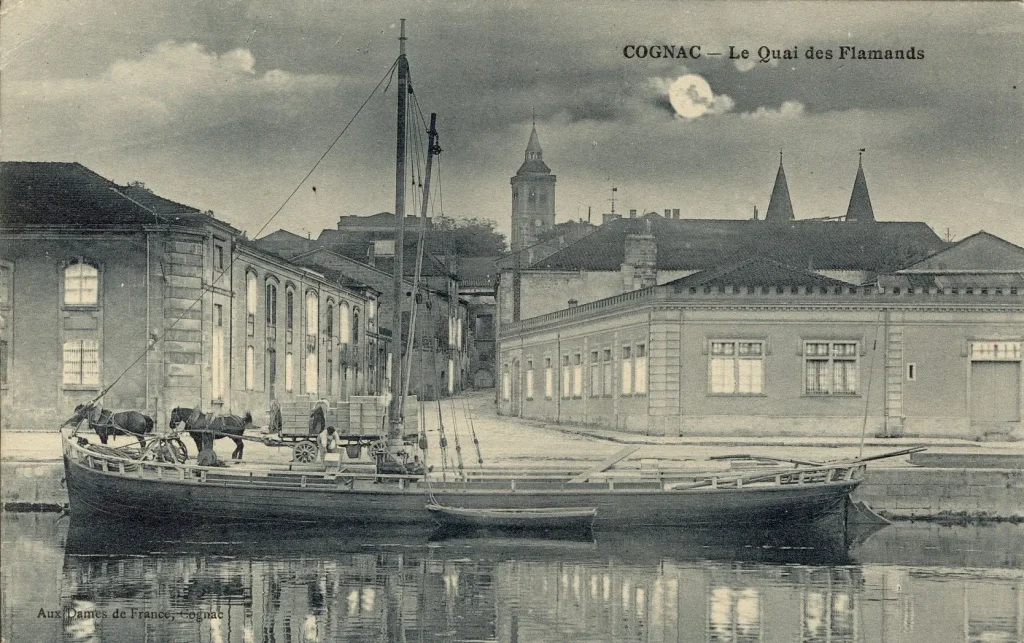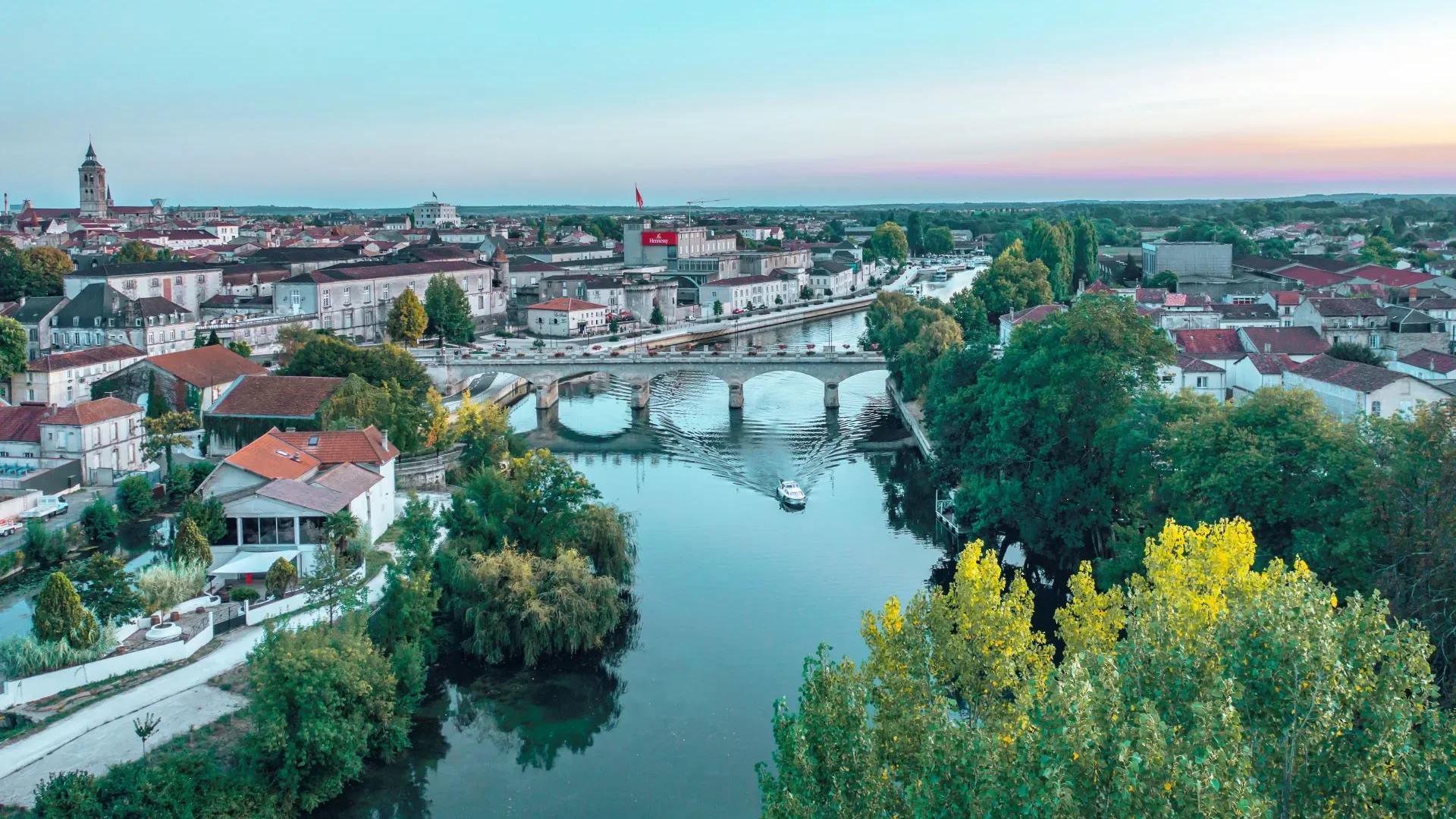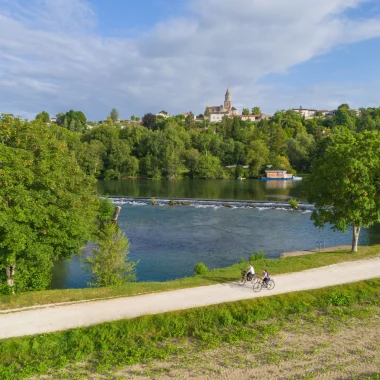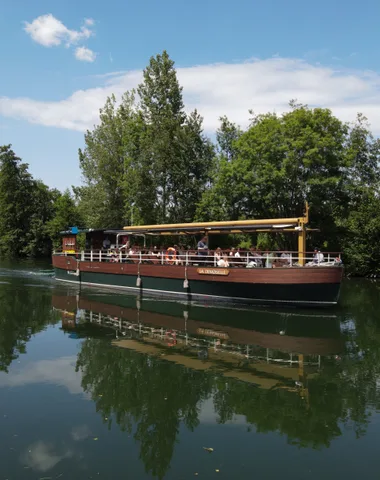The town knew two important periods of development: the Middle Ages and the 19th century, based around the port, the château and the Saint-Léger priory. The prosperity of Cognac was intimately linked to the river.
In fact, the town is traversed by the Charente over more than 8km and from very early on was used as a means of transport and communication.
The development of the river for trade

From the earliest times, the Charente was a means of communication and from the Middle Ages, the main commercial route between the Atlantic coast and the hinterland.
Even in the 19th century, it was the principal route for the transport of goods.
Improvements were carried out regularly and throughout the 19th century, the quays saw improvements.
In 1819, they were extended; in 1824 the Quai des Flamands was constructed, thus reminding people of the important role played by Dutch traders in the wine and eau-de-vie traffic.
In 1840, close to the port at Place de la Salle Vert, a slipway for repairing gabares was constructed.
Navigation
It was difficult. The state of the river and its shallow depth made it impracticable for large boats. As the port of Rochefort was still being built, traffic stopped (or started) at Tonnay-Charente, a tidal river port.
Journeys were slowed by the presence of large numbers of watermills, tolls and fisheries.
It was principally François 1st who developed a policy of works to improve the river, especially sluiceways around the watermills.
By the time of Louis XVI, shipping was better organised, the first locks, still in service today, were built and towpaths developed.
By the 19th century, sailing barges and haulage were replaced by steam tugs.
A variety of decrees restricted commercial navigation, bringing it to an end in 1957.
Boats
Initially, only small boats like lighters (30-40t) and galliots (10t) could use the river then from the 18th century, gabares became widely used. A gabare is a wooden sailing boat with a low draught for carrying goods. In the 19th century around a hundred of these boats were operating from ports such as Saint-Simon, Cognac, Angoulême, Gondeville and Jarnac. Traffic reached its zenith in the 19th century when the increase in size of gabares required the use of haulage. The boats were towed by horses, oxen or men working on the river banks.



